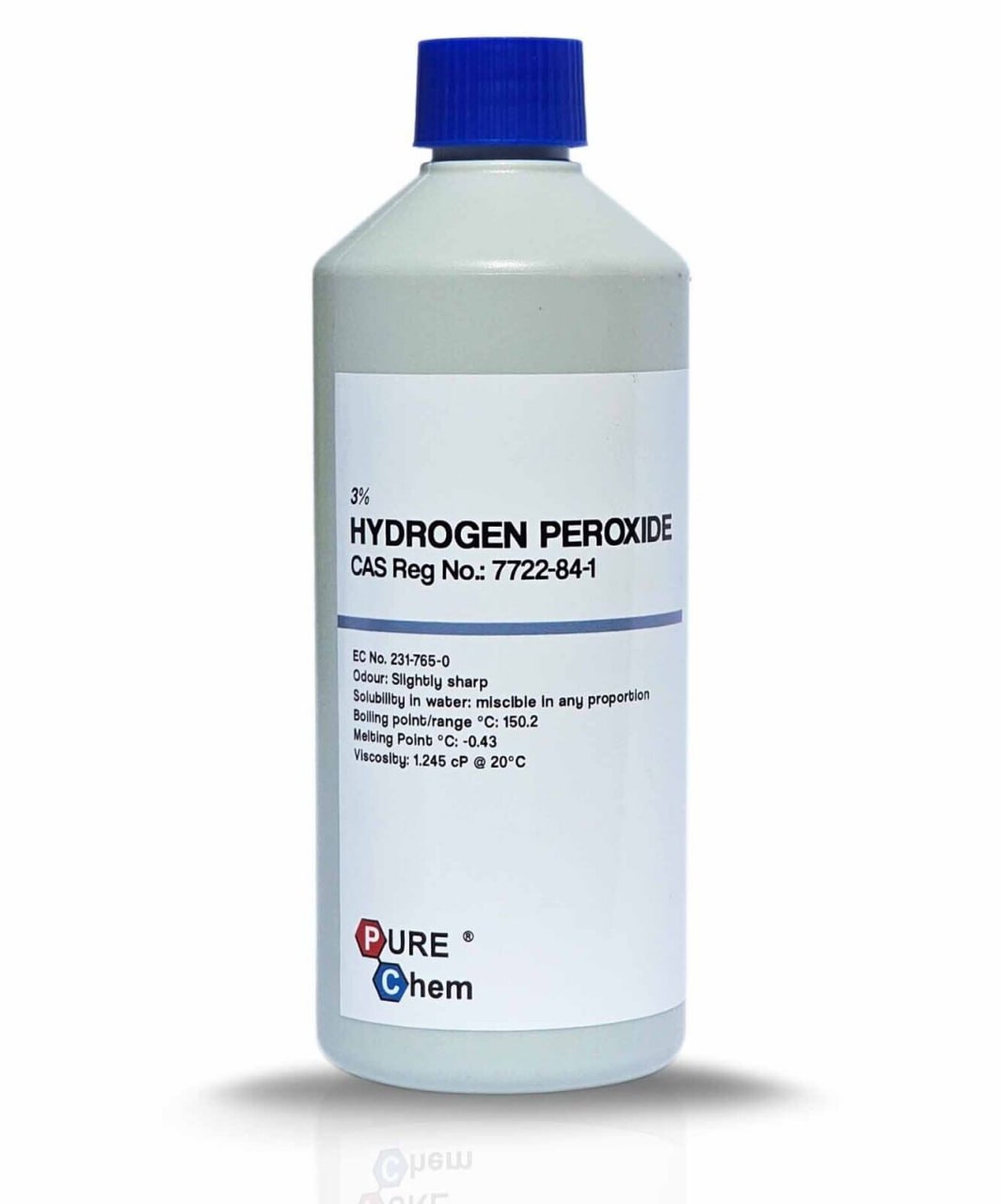Hydrogen peroxide is a versatile chemical that can be used in various household and first aid applications. However, it’s essential to understand the different concentrations and their associated risks.
Household Uses:
- Disinfectant: 3% hydrogen peroxide can be used to disinfect surfaces, especially in the kitchen and bathroom. It’s effective against a wide range of bacteria and viruses, including SARS-CoV-2.
- Cleaning Produce: Organic gardeners have a tip for cleaning vegetables: mix 1/4 cup of 3% hydrogen peroxide with a gallon of water. This solution can help remove bacteria from your produce. For delicate-skinned vegetables like lettuce, soak them for 20 minutes before rinsing. For tougher-skinned vegetables like carrots and potatoes, soak for 30 minutes before rinsing and drying. This method is believed to keep your vegetables and fruits fresher for longer in the fridge, as it helps prevent them from turning brown due to bacteria.
- Toothbrush Cleaning: Soaking your toothbrush in 3% hydrogen peroxide for a few minutes can help kill germs.
- Laundry: Adding a cup of 3% hydrogen peroxide to your laundry can help whiten whites and remove stains.
- Dishwasher: Hydrogen peroxide kills yeasts, fungi, bacteria, viruses, and mold spores. Spray the intricate parts of your dishwasher where moisture can linger such as in the pleats of rubber seals, traps, and crevices of the utensil basket.
Home First Aid Uses:
- Mouth Rinse: 3% hydrogen peroxide diluted with water can be used as a mouthwash to help kill germs and whiten teeth. Do not swallow hydrogen peroxide.
- Minor Wound Disinfection: 3% hydrogen peroxide can be used to clean very minor cuts and scrapes, but it should be used sparingly as it can slow down the healing process.
- Earwax Removal: A few drops of 3% hydrogen peroxide can help soften and dissolve earwax, making it easier to remove. Any higher and you risk ear damage.
Risks and Concentrations:
- 3% Hydrogen Peroxide: This is the most common household concentration. It can cause minor irritation if ingested or if it comes into contact with the skin or eyes. Ingestion of large amounts can lead to more severe symptoms like vomiting and stomach pain.
- 6-10% Hydrogen Peroxide: This concentration is often used in hair dyes and teeth whitening products. It can cause more significant skin and eye irritation, and ingestion can lead to more severe symptoms than the 3% solution.
- 35% Food-Grade Hydrogen Peroxide: This concentration is used in food production, and as a cleaning agent. It’s highly dangerous to consume and can cause severe burns if not handled properly.
- Industrial Strength (90%): This concentration is used in industrial processes and is not safe for household use. It can cause severe burns and is a fire hazard.
Remember, only use hydrogen peroxide diluted to the appropriate concentration for the task at hand, and use protective gear like gloves and eye protection when handling higher concentrations.
Medical advice warning
Remember, this is not medical advice. You don’t want to mess around with potions you don’t understand. Use the advice here as a starting point for talking to a professional or for doing your own research, like your doctor for medical inquiries or a farmer for cleaning properties, etc.
But this is always fun
The Elephant's Toothpaste experiment is a visually impressive chemical reaction that showcases the decomposition of hydrogen peroxide into water and oxygen gas, catalyzed by the addition of yeast or potassium iodide. This reaction produces a large amount of foam, resembling… pic.twitter.com/1GBRNM12DN
— The Inquisitive Mind (@inquisitivefeed) June 3, 2024
